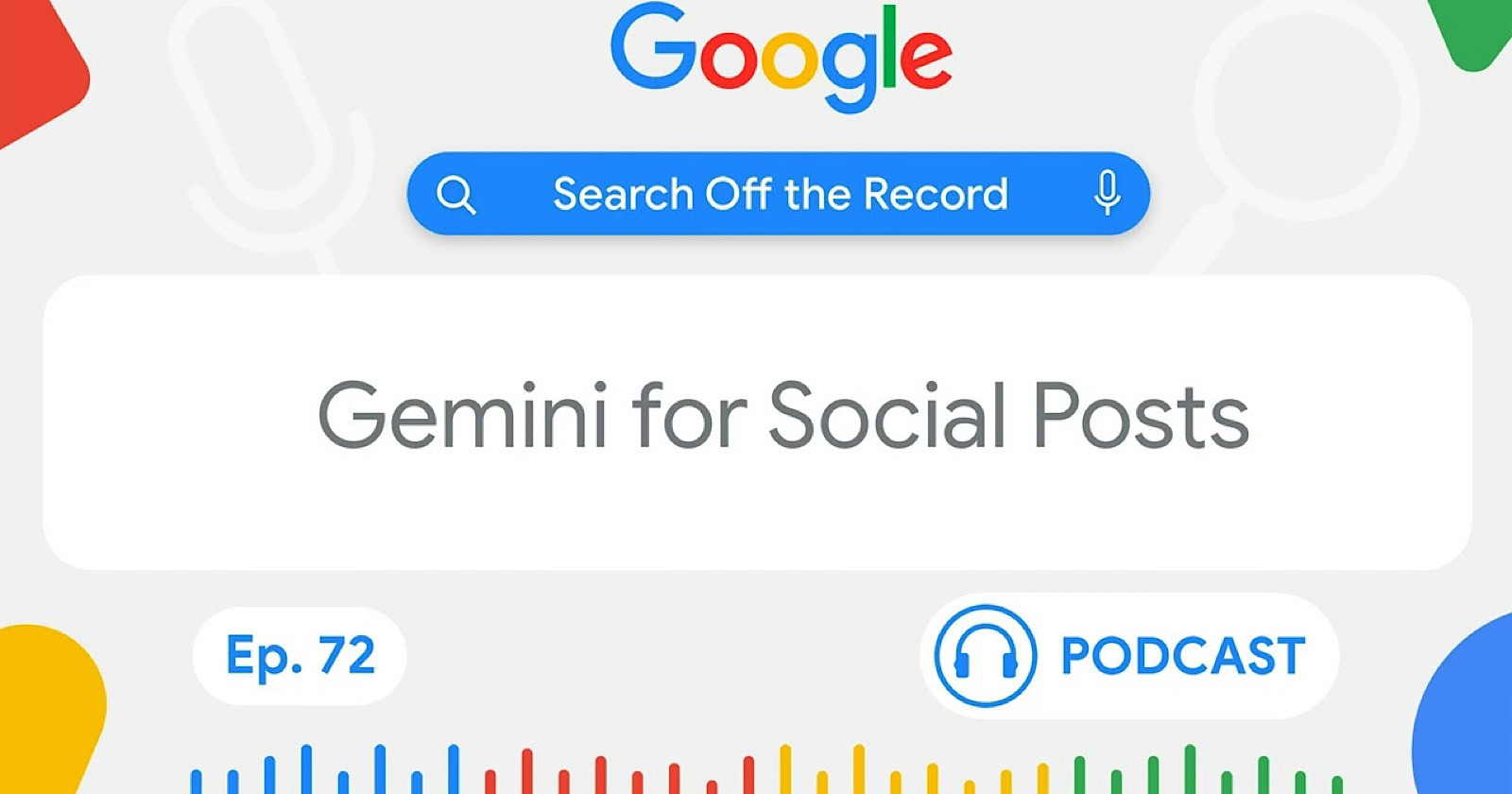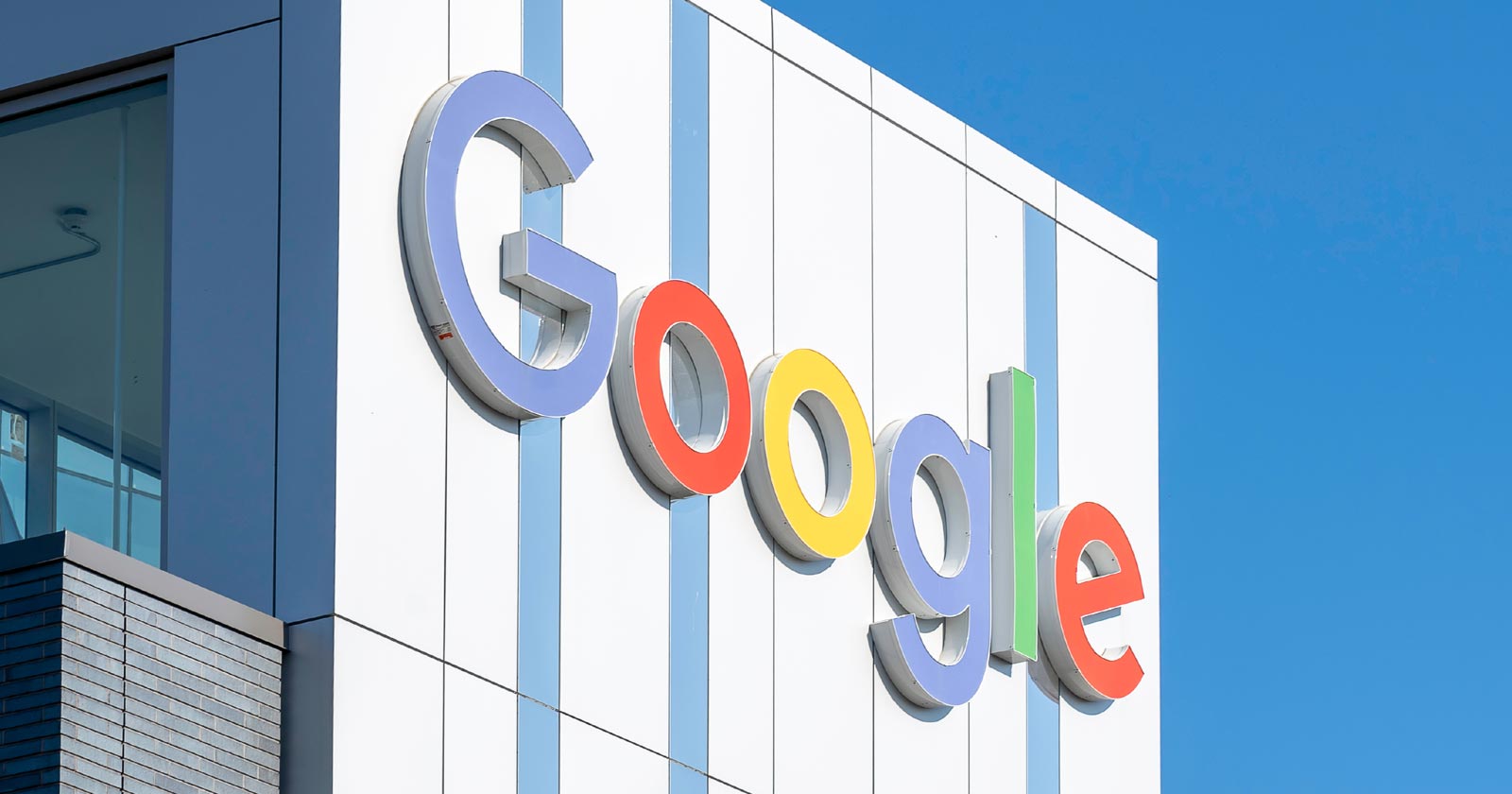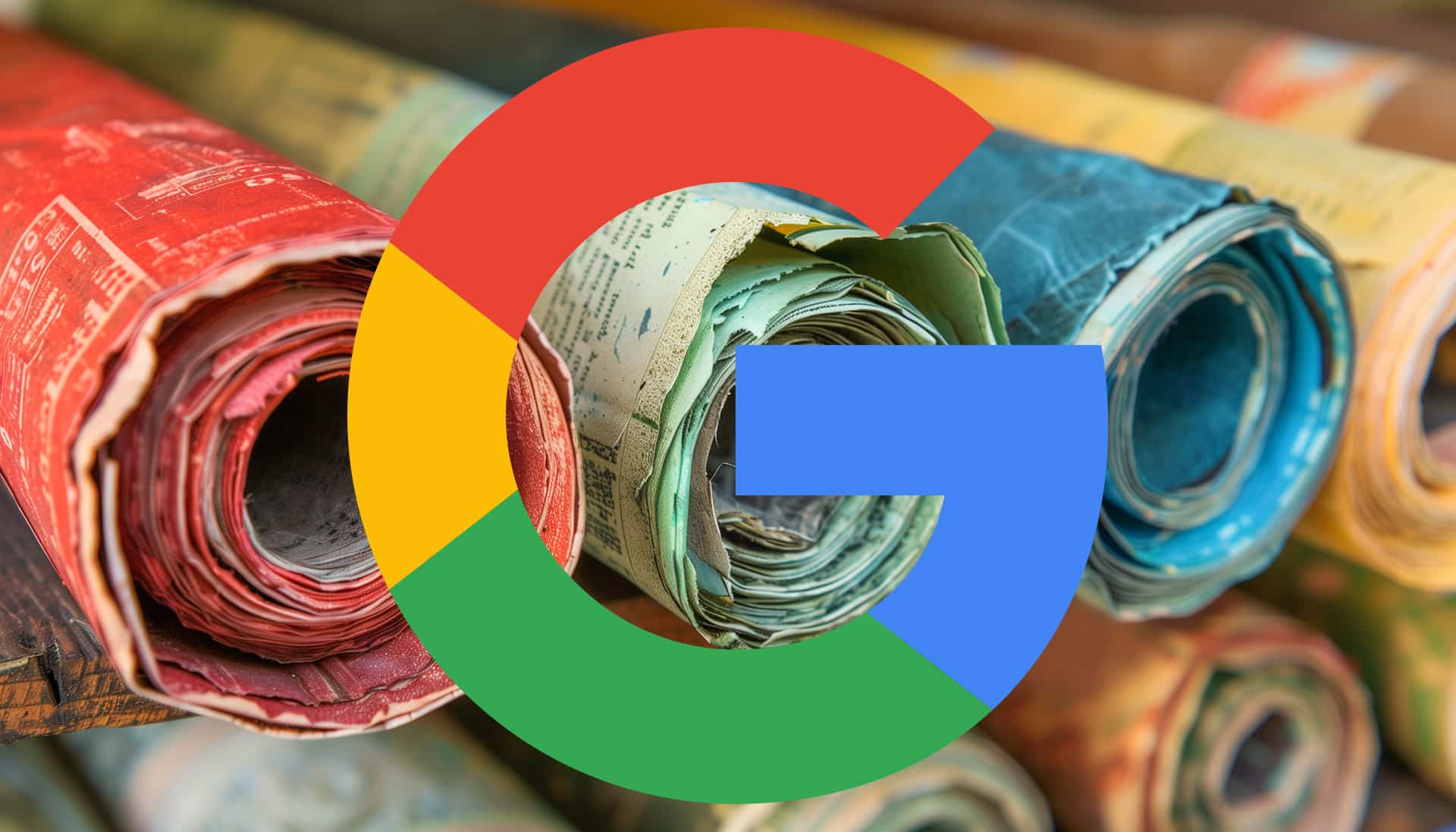
SEO, or search engine optimisation, is a series of intentional practices and processes that work together to increase the quality and quantity of the traffic your website earns via search engine organic results. The more optimised for search engines your website is, the more highly it will rank in search engine results pages – and the difference between being on page one and anywhere else is of paramount importance for your business or other interest.
The greater number of the right people who see your website at the right time for them, the more successful your business will be. SEO seeks to achieve this – without actually paying for digital ads.
How long has SEO been used? And how has it changed in its lifetime so far?
The Birth of SEO…
- While modern SEO predominantly revolves around Google, SEO itself predates Google. It was conceived in its earliest form in 1991 when the very first website was published online. This site, ://info.cern.ch related to the World Wide Web Project and described what the Web was and how it was used.
- Yahoo was created by two Stanford University students in 1994 as an Internet bookmark list of interesting websites. This large search engine was founded on the idea of locating the best websites as approved by human editors. This was important for people who had quality websites but few online visitors. Webmasters manually submitted their pages for them to be indexed.
During the same year, Lycos, Excite, and AltaVista also launched.
- SEO itself began in real terms in 1996, with the creation of BackRub, the largest and most-recognised search engine until that time. This search engine, also created by Stanford University students, was registered as a domain in 1997 (and it eventually became Google). In its infancy, it ranked websites based on popularity and the relevance of inbound links.
HotBot launched the same year.
How SEO Evolved in the 1990s…
- In 1997, the concept of ranking highly on search engines was still very new and directory-driven. Search Engine Watch was launched and was dedicated to providing web search tips, online search industry news, and website ranking tips.
Google.com was registered in 1997, and Ask Jeeves was also launched.
- In 1998, MSN Search was launched, as was DMOZ, or the Mozilla Open Directory Project. This was a proverbial “Yellow Pages” for websites – and the most sought-after by business marketers.
- Search Engine Strategies was the inaugural search marketing conference held in 1999 and it continued in some form until 2016.
- During the late 1990s, search engines were either human-operated directories or crawler-based, and included Yahoo, AltaVista, Infoseek, Excite, Lycos, and Ask Jeeves. SEO practices included that a website had sufficient text, quality and relevant content, accurate HTML tags, and both outbound and internal links. These are factors that are every bit as, if not more, relevant today.
What differed, however, was the approach to keyword use – and spamming was commonplace, as was extreme keyword stuffing and even *******.
The Google Revolution of 2000
- Yahoo partnered with Google in 2000 – an incredibly strategic move that saw Google power organic search results. Until this time, Google was virtually unknown – but it quickly became a household name.
Google revolutionised SEO – for example, its Page Rank algorithm and web crawler functions optimised information retrieval, and it also considered both on-page and off-page ranking factors such as anchor text and external links.
- Google Toolbar became available in 2000 on Internet Explorer, and SEO providers could identify their PageRank scores. Between 2000 and 2010, SEO came to prioritise link building – seeking to acquire as many as possible, to the extent that linking was a tactic that was abused via countless unsolicited link requests via email.
- 2000 also saw the birth of AdWords, paid search advertising on organic (unpaid) search engine results pages.
The Google Algorithm Game…
- Google frequently updated its index. This caused significant ranking fluctuations. SEO became something that could not be “set and forget”; ongoing attention was required to stay on top. These algorithm updates sought to reward content that was of high quality, dynamic, and relevant to its audiences.
- In 2003, Google launched AdSense, which delivered targeted Google ads on publisher sites. This led to a revolution in blogging and the monetisation of what was frequently very poor-quality content, especially in terms of SEO. It resulted in the creation and publication of sites that were spammy and had low-quality, duplicate, stolen content.
Google Analytics and Google Webmaster Tools were launched in 2006 – and these continue to be very important, valuable tools. XML sitemaps also launched in 2006, enabling landing pages across a site to be crawled for ranking.
- In the same year, the first major Google algorithm update occurred: “Florida”. It cause metaphorical headaches for many, many websites, right before the Christmas shopping period, and it carried a lot of errors.
Other major Google algorithm updates over the years included:
2004 TrustRank – filtering out spam and Black Hat techniques.
2010 Google Caffeine – prioritising fresher content and improving the indexing of articles.
2011 Google Panda – favouring sites with higher quality content.
2011 Google Freshness – prioritising fresh, dynamic content.
2012 – Google Penguin – targeting spam.
2013 – Google Hummingbird – prioritising natural language in search queries.
2015 – Google Mobilegeddon – boosting websites that were optimised for mobile.
2015 – Google Rankbrain – clarifying unstructured data in search queries and favouring local search terms.
2016 – Google Possum – customised local search results.
2017 – Google Fred – penalising Black Hat tactics, ad-stuffed, and low-quality websites.
2018 – Google Medic – prioritising websites with legitimate medical authority for health-based searches.
2019 – Google BERT – prioritising long-form keywords and search intent.
Several Core Updates have occurred in the last few years – including (but not limited to) Features Snippet Deduplication, Known Victims Protection, Page Experience, Product Review, Spam, Helpful Content, and Link Spam.
The rollout of the latest Google algorithm update commenced in March 2023.
SEO Today
SEO continues to rapidly evolve, with frequent algorithm changes and updates.
To provide the most relevant content for internet users, updates seek to filter out Black Hat tactics and spam and to prioritise local, relevant, and fresh content. This includes content that reflects expertise, authority, and trustworthiness, as well as quality of composition. It also now incorporates social media, video content, mobile search, intelligent search, and more.
How can you stay on top?
Choose an experienced, expert, dedicated SEO company to partner with to help get you seen online.
SEOcycle is a high-quality Australian SEO provider based in Sydney and we work with clients all over the world. Founded more than a decade ago, we use only ethical, White Hat search engine optimisation techniques and our affordable services are delivered transparently and with integrity. Unlike most other providers, we do not require lock-in contracts and we deliver weekly reports demonstrating our progress and the actions we have taken on your website’s behalf – so you know that when you choose us, we are legitimately, actively doing what you are paying us for.
100% Australian Owned, you always deal directly with our CEO.
We also offer high-quality, affordable website design and development services and high-quality, Australian content writing and blogging services from our tertiary-educated writer who is also part owner of our company.
Get in touch with us today to get seen online!



